What Do Tits Eat?
Charlotte GreenPeople have long treated tits with awe and even respect. Small feathered birds are not only a fun object to observe, but can also bring tangible benefits to people. By learning what tits eat you can attract winged friends to your homes and yards and help them survive in a difficult period.
What do tits eat during the warm season?
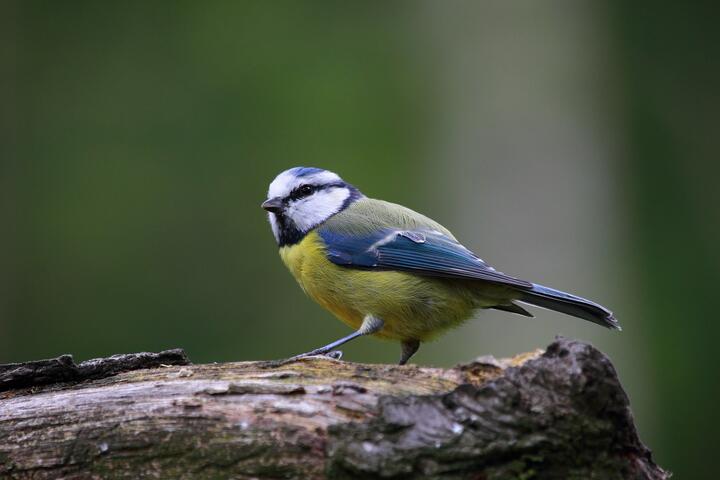 Photo by Pixabay on pexels
Photo by Pixabay on pexelsFood for birds is plentiful during this period. The basic diet consists of insects and their larvae and eggs. Butterflies and grasshoppers, weevils and ants, crickets and dragonflies attract tits’ attention. Even food that most other birds do not like, such as caterpillars of hawthorn and silkworms.
The prey is not always located in an open place, but it does not prevent the nimble bird from eating it. Due to its size and beak structure, it can get food from the most secret places. A tit diligently explores cracks in tree bark, crevices in leaf axils, and other insect shelters.
The nimble bird’s tenacious paws also help it feed itself. Tit cleverly grabs branches with sharp bent claws and while swinging back and forth on them, it carefully looks for its favorite food, which it needs a lot. How much does a tit eat? Not less than it weighs!
Such gluttony of little bugs is very attractive for gardeners. After all, very often the birds’ lunch is insects that can damage fruit trees and other planted crops. The result of the activity of birds will be a saved crop.
Tits also do not disdain plant food. Their need for it increases in the autumn when the animal diet of birds is visibly depleted. They seek out seeds and if it is necessary to get to the kernel, they open its shell with strong strokes of their beak. The birds also eat various fruits, pecking them. Also, they will never refuse the berries and buds of trees.
How to help birds survive the winter
During this period tits don’t make cardinal flights to warm countries, but the absence of food and the cold weather forces them to leave forests and parks and settle down closer to people. This gives birds a chance to get more food, and it gives people a chance to help tits survive until spring.
The smart birds quickly memorize the places where bird feeders are hung and attack the carefully prepared food in noisy flocks. But it should be noted that not every food that tits like is good for them. For example, fried and salted food is harmful. And here’s what food you can pamper the winged darlings:
•Seeds. They are always eaten with great pleasure, and not for nothing – this product contains vegetable fats, which makes it an indispensable source of energy in difficult for birds winter frosts. Sunflower (not fried) and larger seeds such as watermelon and melon are good enough. You can stock up on them since the fall, removing them from the pulp of purchased fruits and drying them. By the way, tits will not refuse seeds of vegetables from the garden such as zucchini and pumpkin.
•Cereals and cereals. Birds won’t mind eating millet, buckwheat, and barley. Such food should be served in a dry form since viscous porridge quickly freezes in winter.
•Berries and fruits. With them, tits get useful vitamins. Birds will certainly enjoy rowan and hawthorn berries dried from the fall and put into the tit. Apples are also useful and nutritious for birds. It is not necessary to crush them; birds will nip out pieces of necessary size themselves.
•Nuts. No doubt tits will like this expensive delicacy. They will peck both walnuts and other kinds of nuts. Such nourishing and caloric food will help birds to survive hard times.
•Lard. The fact that tits adore this product is known to almost everyone. Birds never leave unsalted slices hanging without attention. But not everyone knows why tits eat bacon. The reason is that such food is an excellent substitute for their natural food – insects. Deciding to indulge the birds in this way, you can make slices of fat bigger. Tits will dig their sharp claws into them and will enjoy themselves gorging on their favorite food.
•Meat. Birds also like it very much, though for some it will be even a revelation. In fact, tits will gladly eat meat in any form and products made of it. For example, you can be generous and treat birds with pieces of sausage.
In winter tits vitally need the support of a man. And yellow-breasted fidgety will certainly repay goodwill for this care!
What do great tits eat?
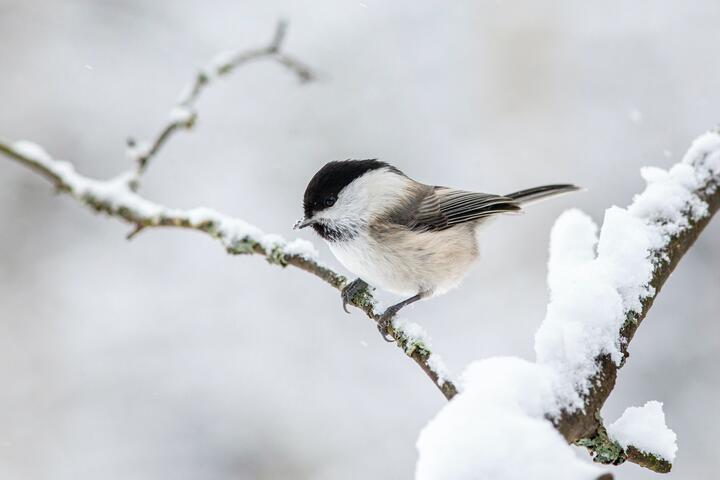 Photo by Erik Karits on pexels
Photo by Erik Karits on pexelsWhat do tits eat? They are the largest member of the tit family and feed exclusively on insects, bugs, and other invertebrates. Unlike their more gregarious cousins, tits don’t make cardinal flights to warm countries. Instead, they leave the forests and parkland they prefer to live in search of food. This allows them to stay close to humans and feed themselves and their young during the winter months.
As for what do tits eat? The best way to feed them is to use a wire feeder. This will ensure that they can get the right amount of food without getting overly hungry. This way, you can provide them with the best possible diet. Not only will this keep them healthy, but it will also give you a chance to show off your skills in the garden! What do tits eat?
While you may not know exactly what tits eat, you can try to mimic their diet. A good source of natural fats is in seeds. Sunflower seeds and other larger seedlings are best. You can also buy a handful of seeds in the fall and dry them. You can also pick up a few sunflower seeds and black sunflower seeds from your garden. Cereals and fruits will also appeal to tits, but these should be dried and crumbled.
Although they are non-migratory, tits often spend winters next to people. They fly around looking for food and stay in areas with food. They are not considered pests but rather beneficial to gardeners, as they can eat and destroy many types of harmful insects. You can even feed them in your garden. They will greatly benefit your plants by eating these pests and keeping them out of the way!
In the summer, tits mainly feed on insects. Insects are the most common food source for tits. During the winter, they eat the seeds of conifers and beechnuts. They also eat the larvae and pupae of these insects. This makes them an invaluable part of the ecosystem and also contributes to the growth of trees. They also help to kill the eggs of other insect species.
Some species of tits are largely vegetarian. Other species of tits are vegetarian, so they can eat anything that comes their way. Some species are omnivorous. Some of these species eat linseeds and honeydew, while others eat flies. Generally, these two species do not share food sources. But their habits are different.
During the winter, tits eat primarily insects. But they also eat grains and seeds. They also eat insects and some of their favorite foods are berries, grains, and nuts from trees. If you have tits in your backyard, you can feed them with feeders. You can also give them peanuts and other foods that they can eat. But be sure to watch out for the tit’s habits and don’t try to feed them too much.
Blue tits are known for eating fruit. But they eat a wide variety of insects and other foods. They eat seeds, nuts, and grains, but they prefer a few specific foods. They eat corn, peas, and wheat. They also like to eat worms, and they have small, rounded beaks. They often scatter-hoard their food, but they don’t take the time to digest the food.
Blue tits eat a variety of invertebrates. Their diet includes flies, wasps, beetles, and spiders. The female tit lays an average of twelve eggs. It eats the underside of leaves and berries. It also gleans food from tree buds. Its diet varies by season. The titmouse can be found throughout the world, and it is a popular character in folklore.
Like most species of tit, the Blue tit will eat a wide variety of insects. Its diet also includes a variety of nuts, seeds, and other invertebrates. During the winter, it will wander with the woodpeckers, swinging upside down to find food. During this time of year, it will eat numb insects and destroy pests.
- BirdsWhat Do Hawks Eat In The Wild?
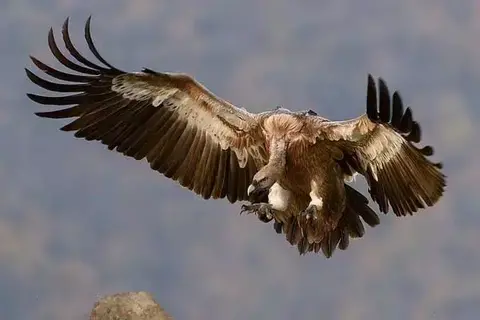
- Birds7 Interesting Facts About SwansBy Charlotte Green
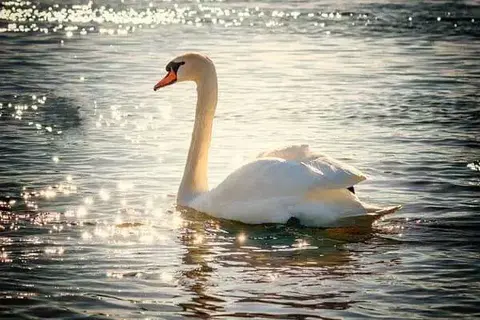
- WildlifeWhat Do Crabs Eat In The Ocean?By Karla Miller
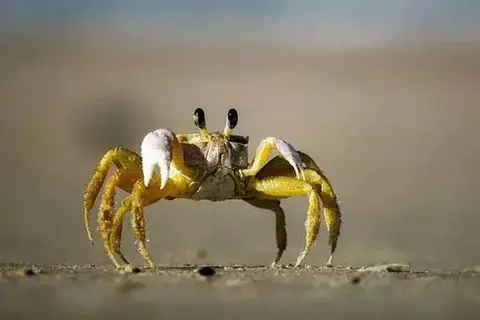
- RodentsHow Often To Clean Guinea Pig Cage?By Noah Young
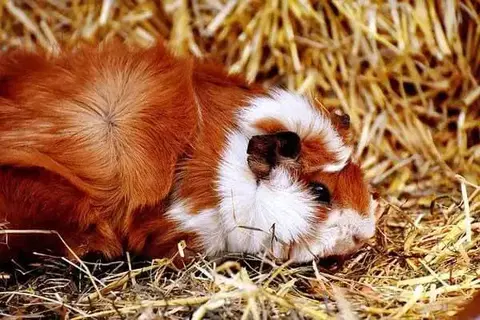
- Rodents7 Interesting Facts About SquirrelsBy Lucas Torres
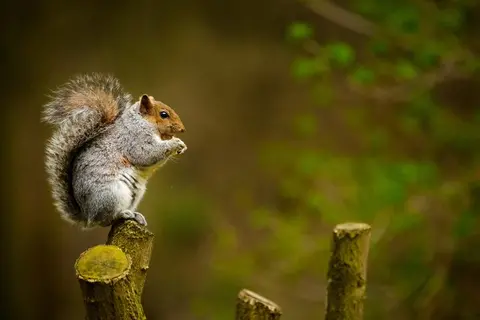
- BirdsAmazing Ravens Of The Tower Of LondonBy Murphy Scott
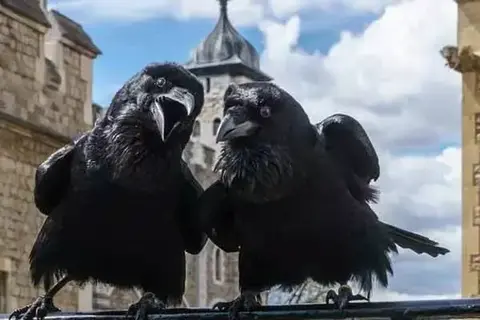
- Dogs10 Interesting Facts About PoodlesBy Khai Dove

- WildlifeAmazing Facts About A StarfishBy Nolan Foster
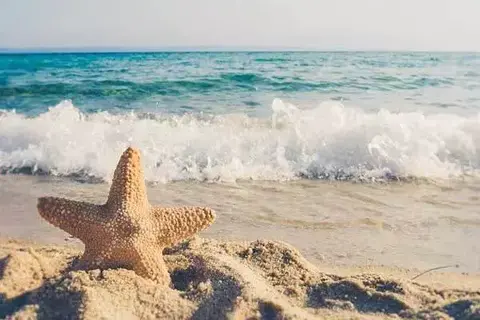
- Rodents7 Interesting Facts About LemmingsBy Charlotte Green
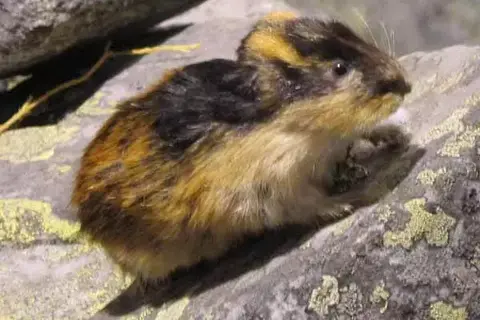
- RodentsBreeding HedgehogsBy Karla Miller
